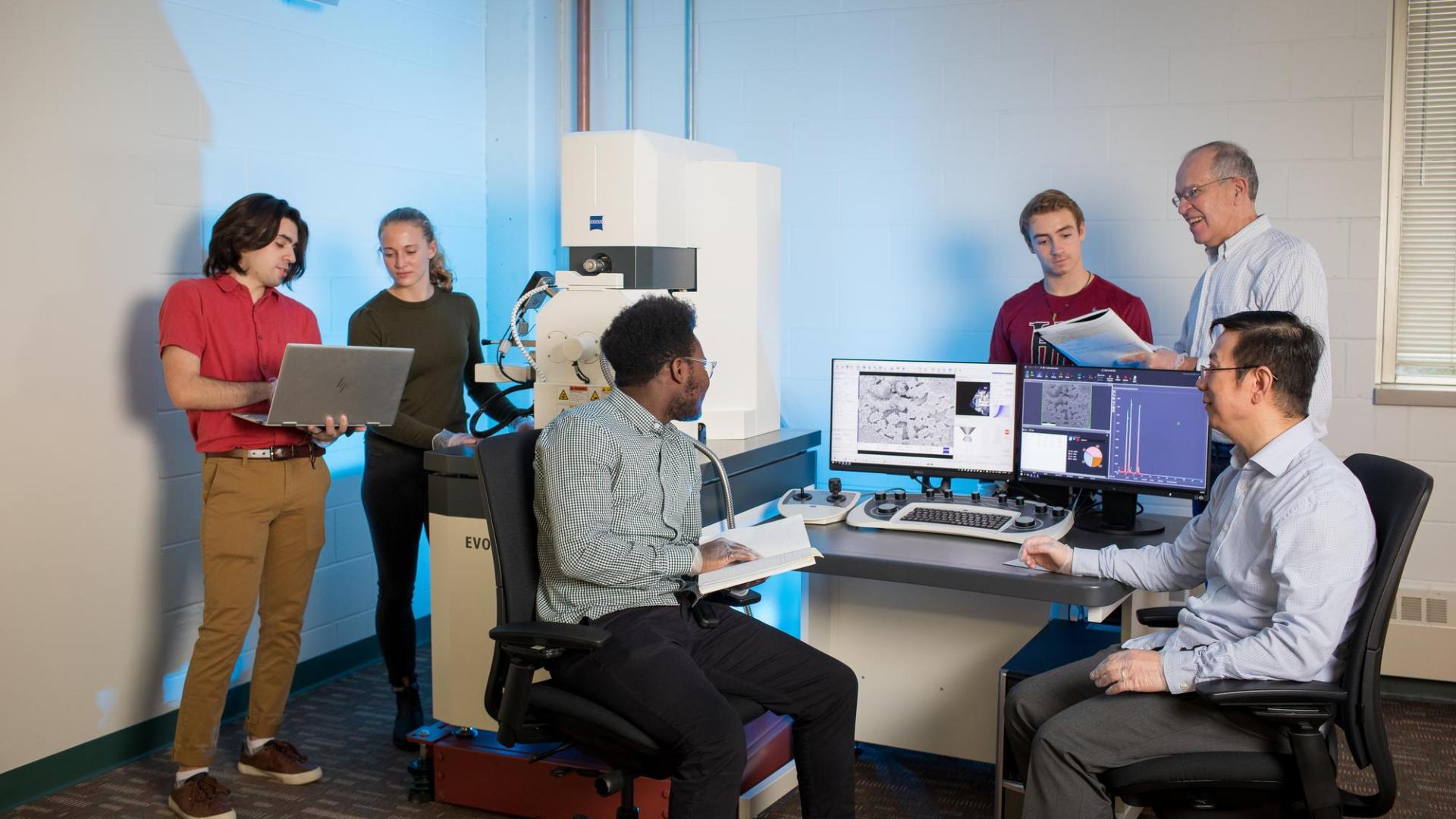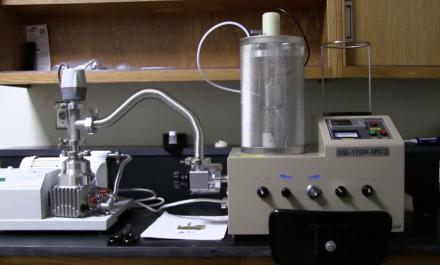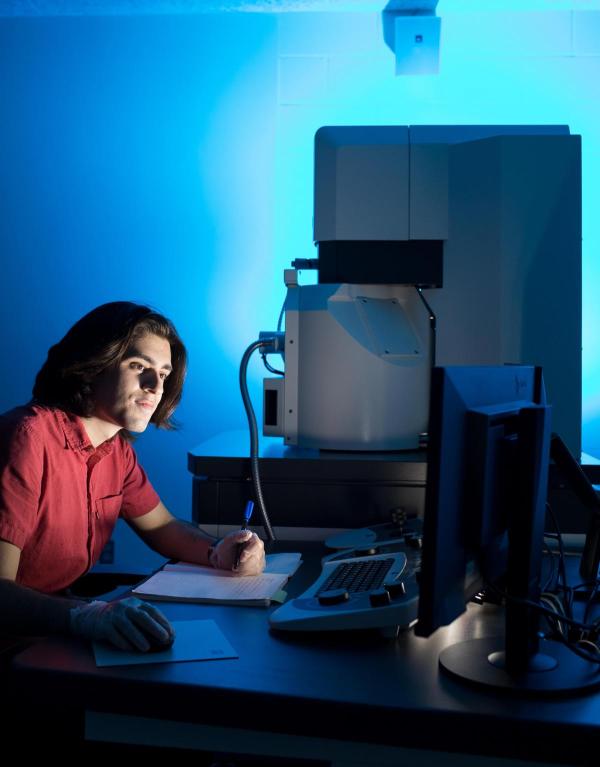January 21, 2025

Physics Majors
Bachelor of Science or Bachelor of Arts
Prepare for careers in physics or engineering
Physics majors, minor, pre-engineering track, and dual degree program

Hamline is unique because, as undergrads, we get to conduct so much research, get hands-on experience in the lab, receive training on how to use a scanning electron microscope, and have the opportunity to get published as lead author.
Physics program details
Opportunities for student research
At Hamline, physics majors participate in research with faculty as early as their first year, something usually reserved for graduate students at other institutions. You'll design and conduct your own research project based on your individual interests and goals.
The list of possible research projects is as varied as our students. For example, picture yourself:
- Developing energy conversion and storage devices like solar cells, lithium ion batteries, and supercapacitors
- Testing how household materials could improve telemedicine through inexpensive and accessible material for determining a patient's health
- Applying new computer image processing techniques to help telescopes in light-polluted areas detect “exoplanets”—planets around other stars
- Using nanoscale materials and developing methods to monitor drinking water quality for rural and urban communities
- Analyzing microstructures and compositions of materials used in forensic science, materials science, pharmaceuticals, and anthropology with our newly acquired environmental scanning electron microscope
Collaboration and publication
During your research process, you’ll collaborate with scientists at major research institutions, publish your research in scientific journals, and present your work at local, regional, and national conferences. Physics students also frequently participate in national research competitions such as the EPA Student Design Competition and the NASA-funded MnSGC quadcopter challenge.
Paid internships for physics majors
We make sure you leave Hamline with work experience in the field of physics on your resume, and the opportunities are boundless. Whether you want to explore a career in aeronautics, medical equipment development, civil engineering, or more, we have paid internship opportunities for you.
Examples of past physics student internships include:
- 3M, technical aide
- Image Sensing Systems, algorithm engineering Intern
- Honeywell, data science intern
- Seagate, firmware engineer Intern
- Bureau of Criminal Apprehension, forensic lab intern
- Donaldson Co., Inc., engineering intern
- Pace Analytical, support coordinator
- Thomson Reuters, software engineer intern
Explore career paths for physics majors
Our innovative courses and one-on-one mentoring by faculty will give you the tools to succeed in a variety of jobs, such as:
- Naval nuclear reactors engineer
- Lead product manufacturing engineer, aerospace division
- Electromagnetic interference and compliance test engineer
- Patent attorney
- Associate software engineer
- Healthcare analyst
- Science museum design team instructor
- Analytics data scientist
You can put your degree to work in any number of fields, including:
- Materials science
- Nuclear physics
- Medical physics
- Astrophysics
- Data science
- Science education
- Consulting
- Computer systems engineering
Take your studies further with graduate school
Our graduates have gone on to graduate schools across the country in the pursuit of master’s and doctoral degrees. Examples of programs and schools include:
- PhD in physics, Purdue University
- Master of aeronautics and astronautics, Massachusetts Institute of Technology
- PhD in bioengineering and biomedical engineering, University of Illinois Urbana-Champaign
- PhD in engineering mechanics, Virginia Polytechnic Institute and State University
- PhD in applied ocean sciences, University of California, San Diego
- PhD in materials science, University of Minnesota

Learn more about physics at Hamline
Faculty, students, and staff show off the Physics department programs and facilities, including our Electron Microscope and Magneto Optical Kerr Effect apparatus.
Additional opportunities to get involved
Physics news
October 28, 2024
Bolon, Artz Publish Journal Article With Hamline Alumni
September 30, 2024
Professor Lifeng Dong's Research Featured on ACS Journal Cover
July 12, 2024
Double the Opportunity: Hamline’s dual-degree program with Washington University offers engineering, physics degrees at top institutions
Contact information
-
Undergraduate Admission
-



